How to I design an antenna which produces a strong field within the antenna, but doesn't radiate out or reflect back to the source? (as much as possible)
I'd like ideally to have a planar structure (manufacturable with PCB traces), matched to 50 ohm, and reasonably broadband at microwave frequencies (2.4-5.8GHz).
I know about the standard PCB trace antenna types eg PIFA, meander, etc; and I can understand what makes them radiate; but it is hard to think of how to do the opposite. It seems what is needed is essentially a capacitor (where the output field is between the plates) plus some discrete components or transmission line to match it to 50ohm and prevent reflections. But how to broaden the bandwidth?
UPDATE A schematic using lumped elements would look something like this:

simulate this circuit – Schematic created using CircuitLab
Everything on the right is the antenna: a small inductance and tiny capacitance which is resonant at 2GHz as shown, with a resistive component a lot less than 50 ohms. The transformer is "something" which matches the source 50ohms to the (much smaller) resistance of the antenna.